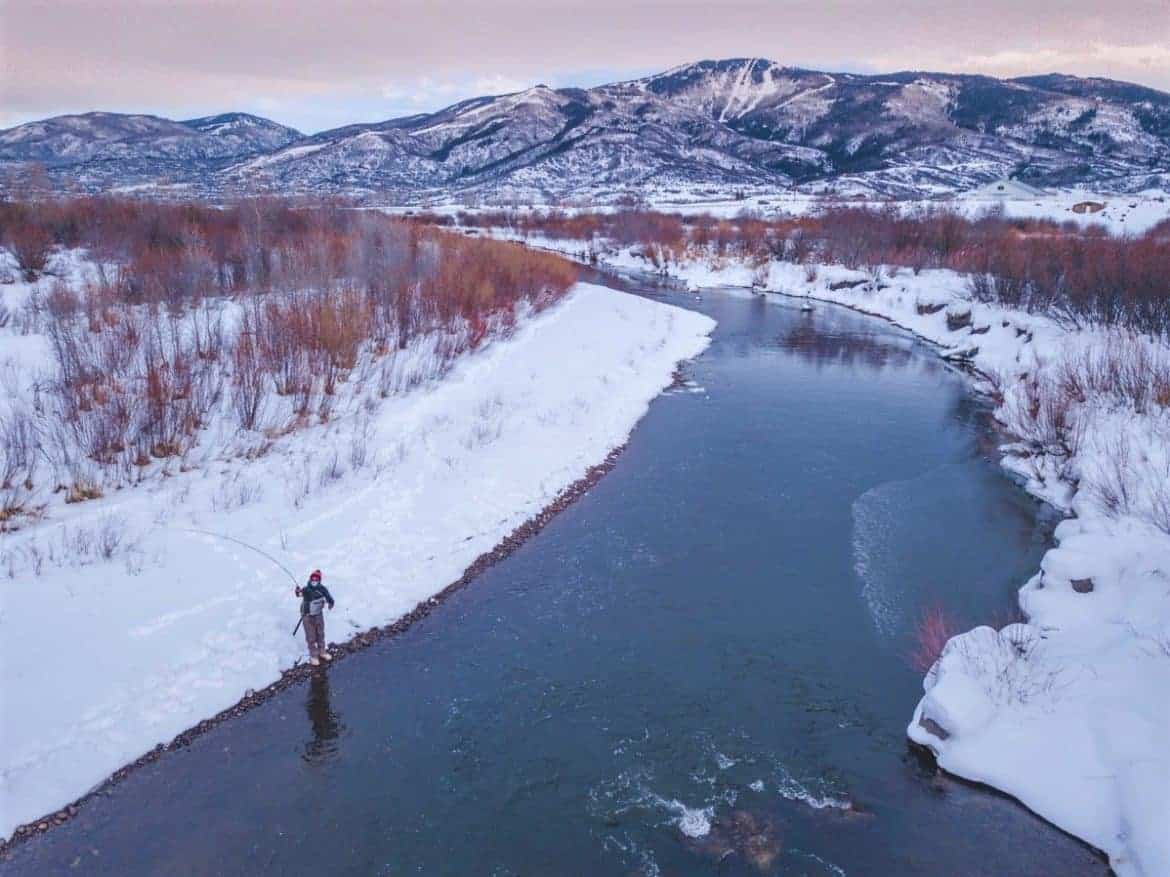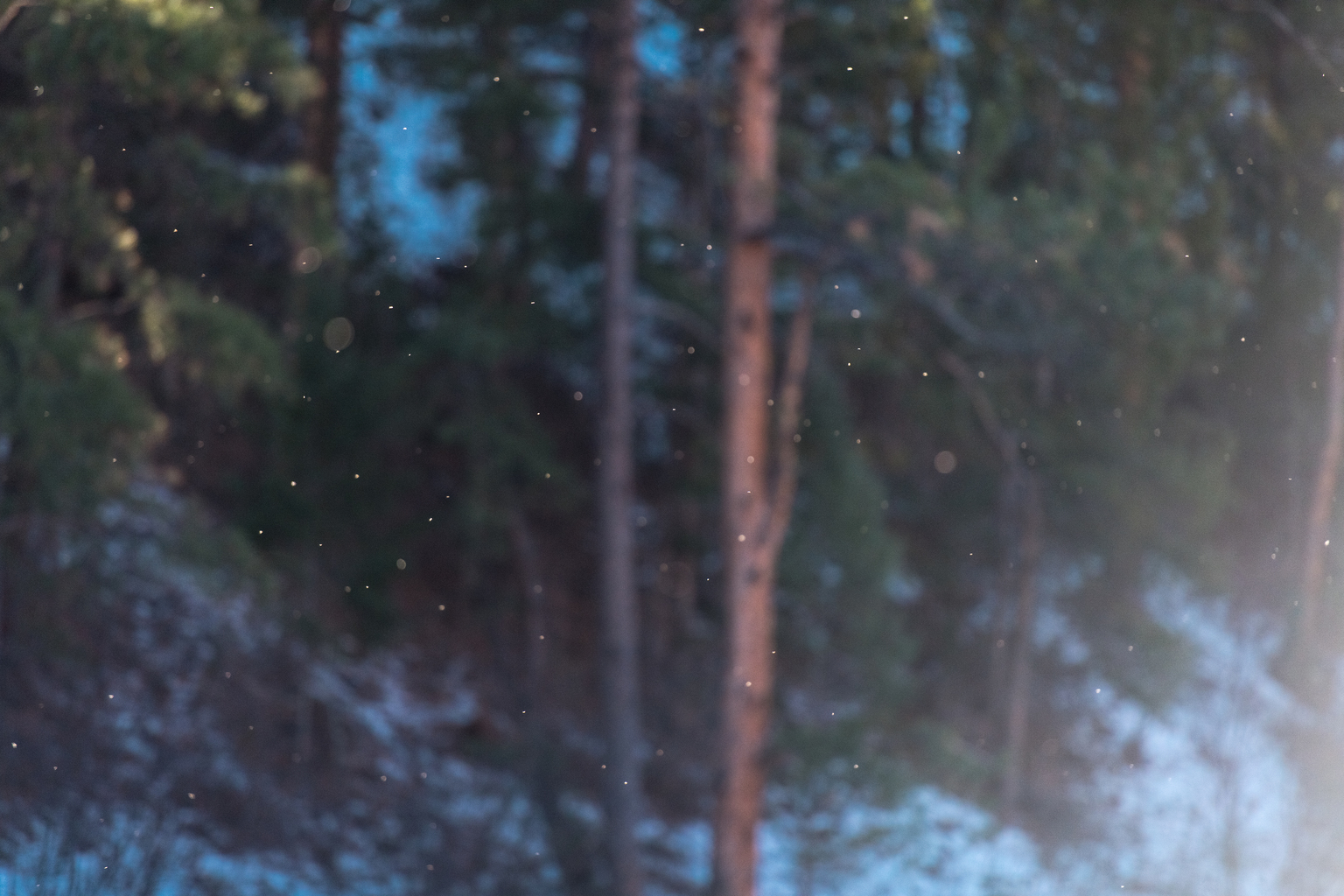Winter Dry Fly Fishing: Are Dry Flies Worth it in the Winter?
If our “How to Nymph in the Winter” article was any indication of which methods of fly fishing are best for winter, then you might be thinking, dries flies simply aren’t worth fishing in the winter.
Day after day throughout the winter, nymphing will prove to be the most effective method. Although, on occasion when all the stars have aligned you just might find yourself upon a winter hatch. These moments are few and far between but when they happen, boy oh boy, you better have packed your dries.
Call me crazy, but I’d put money on it that most anglers find it difficult to nymph through a prolific summertime hatch, and winter should be no exception. Because you probably don’t need to pack your entire dry fly box, leave the hoppers, caddis, and sallies at home.
Do bring a small selection of dry flies along with your nymphs and an extra rod so when you hear the undeniable slurp from a trout’s lips you don’t have to waste any time breaking down your nymph set up.
Bonus Note: Double check your pack to make sure you have some gink! It’s the one item you don’t want to be without when your smack dab in the middle of a winter hatch.
Let’s review what we know about midges and winter nymphing before we dive into dries. We know that midges make up almost 90% of a trout’s diet during the winter months, and at any point during the year nearly 50% nymphs. Beyond question, this is why nymphing is proven so effective not only in the winter but also year-round. While December and January can be a crap shoot when it comes to hatches, and fishable water, the month of February offers balmy winter temps and more frequent hatch opportunities.

Due to fewer insects hatching throughout winter, matching the hatch becomes much more straightforward. As soon as I spot the first riser, I can confidently open my fly box and decide between a few select dries. Bigger isn’t always better, especially when it pertains to winter dries, go as small as you can for as far as your eye can see. Winter hatches aren’t guaranteed, but you can strategically increase your chances of stumbling across one by following a few simple tips.

First off, winter hatches will typically occur during the warmest hours of the day. Hitting the river between 10am-3pm is your best shot at finding a hatch. So, sleep in, eat a big breakfast and brew that extra cup of coffee before you hit the water.
If possible, bring two rods. One should be set up for nymphing and the other, for dries. Work on nymphing while you are waiting for the hatch. This way you can be prepared for changes. Nobody likes to completely re-rig during a prolific hatch. Since you are carrying around a dry fly rig as well, it will be tempting to blindly cast through each stretch of river.
Do yourself a favor and don’t waste time casting to trout that aren’t rising; make sure the trout are actually rising before casting out. If they aren’t rising, take the opportunity to perfect your nymphing technique. So, are dry flies worth it in the winter? Absolutely. One wintery hatch could produce your best catch to date, so don’t turn up your nose at these hatches just because its cold and there is snow on the ground. Take advantage of them when you can and winter might just outperform summer. Jean-Marie’s Top 3 Winter Hatch Flies













